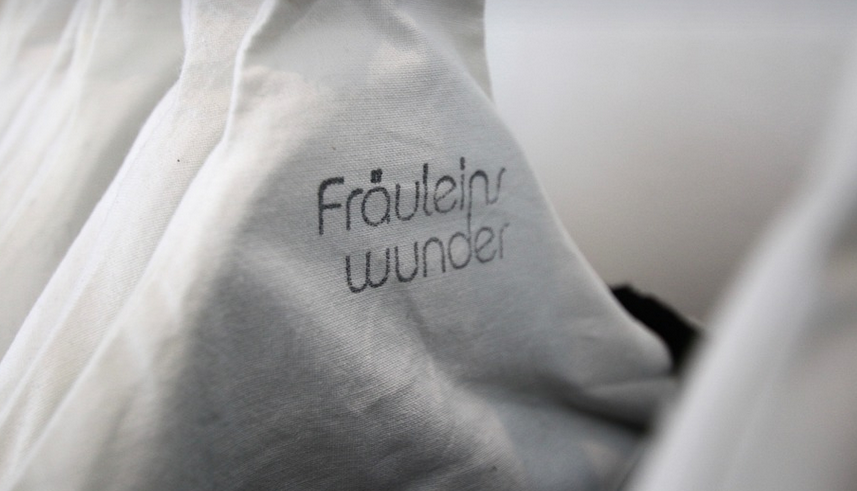Unpacking the Style of a Civil Rights Icon
It’s astonishing to think that over half a century has passed since Dr. Martin Luther King Jr.’s powerful voice echoed across America, fueling the Civil Rights Movement and changing the landscape of social justice forever. His timeless impact extends far beyond his legacy as a renowned orator; it encompasses his distinctive style, a blend of quiet power and bold gestures that resonated with millions. But how exactly did Dr. King express himself in a way that spoke to both the urgency of the movement and its profound hope? Dr. King’s clothing was an integral part of his public image, reflecting not just his own personal aesthetic but also his commitment to challenging societal norms and sparking change. His wardrobe was carefully curated, emphasizing comfort and functionality alongside style. He wore suits that were tailored to fit him perfectly, ensuring a sense of authority and purpose while allowing for effortless movement during his demanding schedule. The suits often featured bold colors, like navy blue or charcoal gray, which served as a backdrop for the dramatic impact of his words. The choice of these hues was intentional; they conveyed a sense of dignity, gravitas, and respect, reminding onlookers that Dr. King’s message demanded to be taken seriously. Beyond his suits, however, Dr. King’s style often included subtle touches that allowed him to stand out from the crowd while speaking with an undeniable grace. He favored shirts with crisp collars, carefully chosen for their ability to accentuate the power of his voice and amplify the impact of his message. His shoes, a consistent highlight in his attire, were a blend of practicality and style—durable leather boots that could withstand long marches or impromptu speeches. The meticulous attention to detail reflected Dr. King’s deep understanding of how appearance can shape perception and influence people’s opinions. He knew that his clothing choices would play a significant role in shaping the narrative surrounding him, making every outfit more than just an outward expression; it was an instrument used to advance his cause. His sense of style wasn’t confined to his formal attire. Dr. King also embraced casual wear on relaxed days, showcasing a certain humility and down-to-earth appeal that resonated with the everyday people who were caught in the same struggle. He favored well-fitted shirts and pants, often paired with a simple tie or scarf; these choices reflected his dedication to simplicity while highlighting his connection to those around him. Dr. King understood the power of subtle gestures and the impact they had on others. His style wasn’t about following trends; it was about creating a visual language that communicated his message and deepened its impact. Dr. King’s clothing choices were deliberate expressions, each garment serving as a testament to the strength of his ideals, the urgency of his cause, and the hope he embodied for a more just and equitable future. His legacy continues to inspire us today with its message of equality and non-violence. But beyond that, it reminds us of the importance of using our own style—our individual expression—to make a difference in the world, one step at a time.
